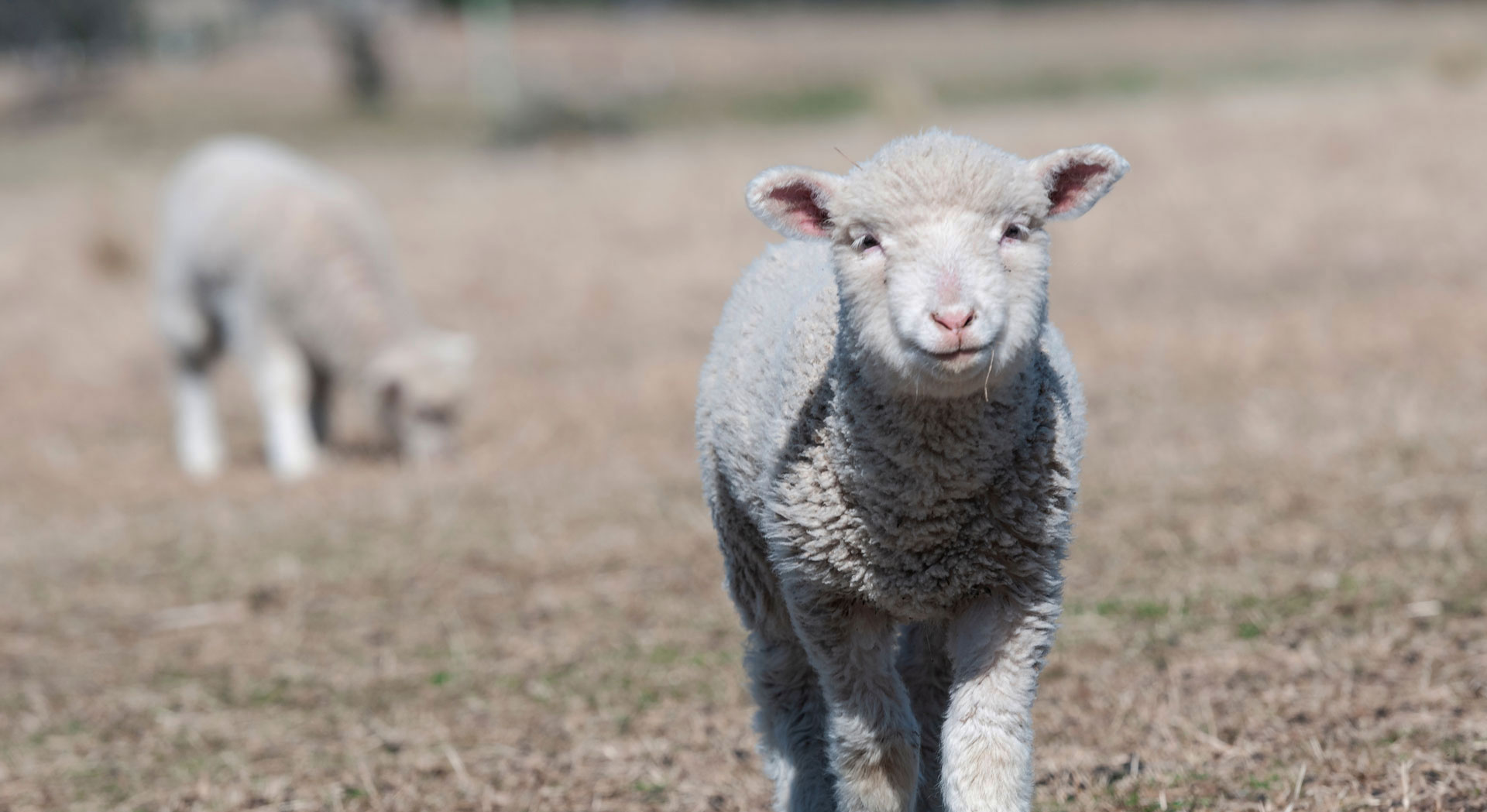How should I prepare for weaning
Sheep & Cattle – At least 10 days before weaning, feed ewes and lambs or cows and calves in paddock with troughs and/or self-feeders to imprint lambs/calves with feed infrastructure . Do this daily to imprint and reinforce feeding behaviour until day of weaning
What happens on the day of weaning?
Cattle – Draft cows and calves. Calves should be at least 120kg in weight. Weaners less than this either have nutritional stress or a health issue that needs to be managed. Calves should be split into two groups of similar weights with no more than 40kg between the lightest and heaviest calves in the group. Ensure to provide cool clean water.
Calves should receive the following animal health treatments;
- Vitamin A, D & E Intramuscular injection per specifications
- Vitamin B12 Subcutaneous injection per specification
- Clostridia Vaccine (5 in 1 or 7 in 1) subcutaneous per specifications
- Drench
Diet – Target a crude protein level of 16-18% for young light calves. Ideally the protein source needs to be
primarily from either a plant-based meal or pulse crop, such as lupins. A typical diet would consist of: 70% Barley 25% Lupins and 5% concentrate, such as ProAgni ProTect C. Alternate protein sources such as Faba Beans, Canola Meal, Cotton Seed Meal can all be used, inclusion rates will need to be adjusted to meet required protein percentages. Fill the balance of the diet with cereal grains (wheat, barley, corn triticale, corn) and 5% ProAgni® ProTect C.
Sheep – Draft ewes and lambs. Lambs should be at least 15 kilograms in liveweight. Weaner’s less than this may have nutritional stress or a health issue that needs to be managed. Split lambs into at least two groups, lead and tail. Keeping animals within a tight weight range will decrease incidence of a tail forming. The more groups separated by weight, the better. Ensure to provide cool clean water
Lambs should receive the following animal health treatments;
- Vitamin A, D & E Intramuscular injection per specifications
- Vitamin B12 Subcutaneous injection per specification
- Clostridia Vaccine (6 in 1) subcutaneous per specifications
Diet – Target a crude protein level of 18%-20% for young light lambs. Ideally the protein source needs to be primarily from either a plant-based meal or pulse crop, such as lupins. A typical diet would consist of: 65% Barley 30% lupins and 5% concentrate, such as ProAgni ProTect S. Alternate protein sources such as Faba Beans, Canola Meal, Cotton Seed Meal can all be used, inclusion rates will need to be adjusted to meet required protein percentages. Fill the balance of the diet with cereal grains (wheat, barley, corn triticale, corn) and 5% ProAgni® ProTect S.
What other important management, should be considered?
Water should be clean, so clean water troughs daily. Clean feed troughs daily, ensure any spoilt feed is removed. Good idea to take the time to hold lambs and calves on feed during the early days of weaning. The better training of the lambs and calves to eat while on mum the easier weaning will be. Ensure to assess faecal score daily. Maintain high quality palatable hay, ensuring to replace if spoiled or unpalatable.
*Click here to view weaning protocols – Early lamb, lamb and cattle.

